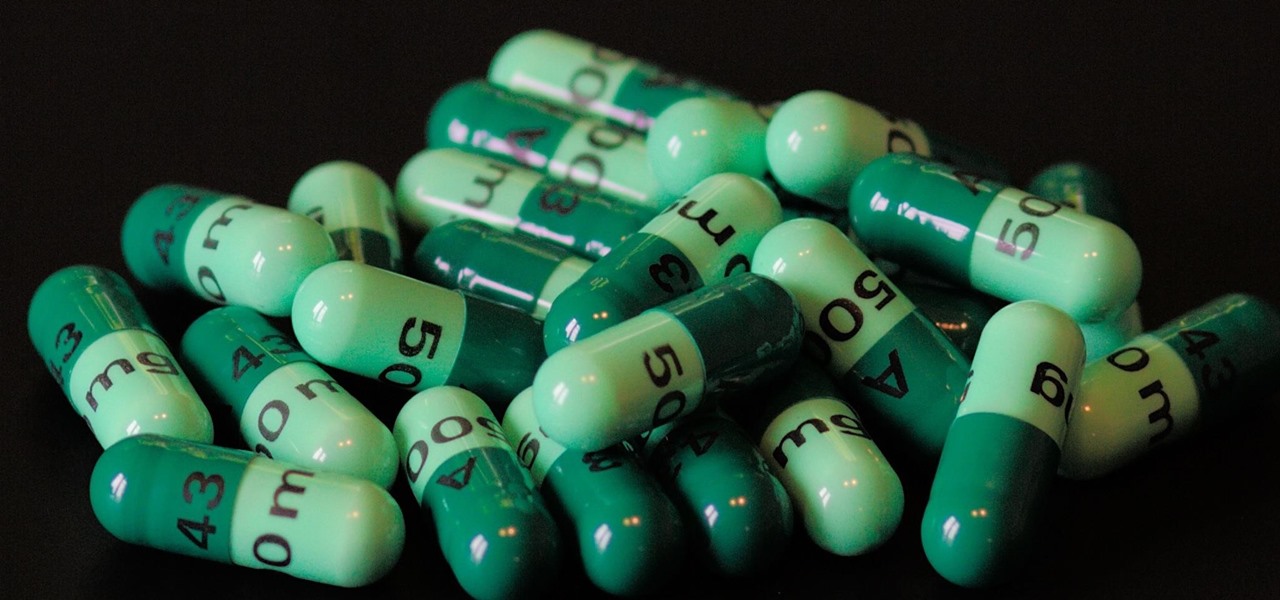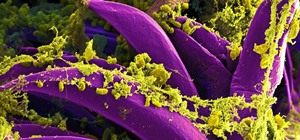Despite the threat of superbugs, physicians continue to prescribe antibiotics when they might not be needed, and patients are suffering.
Each week there is more news about an antibiotic losing effectiveness because of overuse. Scientists trying to stay ahead of quickly adapting bacteria are exploring new antibiotics made from diverse sources, combining old antibiotics to attack pathogens tandem, and even inventing new options altogether to battle dangerous bacteria. But still, doctors are prescribing — and people are taking — antibiotics they may not need.
In a report published in JAMA Internal Medicine, researchers from Johns Hopkins Hospital studied electronic medical records of 1488 patients who received at least 24 hours of antibiotic therapy after arriving at the hospital for a variety of complaints.
Researchers sought to understand how many people admitted to the hospital were receiving antibiotics they didn't need, and how many adverse drug events (ADE) occurred as a result of receiving antibiotic therapy.
What Is an ADE?
If you are prescribed a drug as part of medical treatment and suffer injury or side effects from the drug, it is called an "adverse drug event." For many, an ADE is a medication error, like receiving the wrong drug, or the wrong amount of a drug.
In this research, the authors point out that many patients and physicians believe that even if an antibiotic may not be needed, it can't do any harm — but it can. Antibiotics can cause allergic reactions, systemic damage, and end-organ damage. In addition, antibiotics can contribute to drug-resistant pathogens when misused (which also occurs when a course of antibiotics is left incomplete, and frequently when they are overused in agriculture). In a real-world setting, this study looked at the incidence of ADEs that occurred in people admitted to hospital and given antibiotics that clinicians ultimately determined they did not need.
The researchers collected their data from patients over age 18 admitted to Johns Hopkins Hospital for chronic or acute illness or injury, between September 2013 and June 2014. According to the study, types of ADE or injury suffered by people from antibiotics include:
- Diarrhea
- Vomiting and nausea
- Anemia
- Kidney abnormalities
- Blood irregularities
- Seizures, altered mental states, and nerve damage
- Rash, hives
- Liver damage
- Cardiac arrhythmia
- Acute anaphylaxis, including rapid organ or respiratory dysfunction within minutes of administration
- Acute muscle inflammation, weakness, swelling, and pain
"Too often, clinicians prescribe antibiotics even if they have a low suspicion for a bacterial infection, thinking that even if antibiotics may not be necessary, they are probably not harmful. But that is not always the case," study author Pranita D Tamma said in a press release. "Antibiotics have the potential to cause real harm to patients. Each time we think to prescribe an antibiotic, we need to pause and ask ourselves, Does this patient really need an antibiotic?"
Administering Antibiotics When They Are Not Needed
The research team evaluated the patients' medical data for 90 days to observe whether dangerous multi-drug resistant infections like Clostridium difficile, known as C. diff occurred.
Keep in mind, the rate of unnecessary antibiotic administration at Johns Hopkins Hospital is likely lower than is found in hospitals across the nation. The hospital adheres to an Antimicrobial Stewardship Program designed to guide caregivers through a decision process to use, and choose, the right antibiotics only when needed. Still, unneeded antibiotics are still prescribed. Study results include:
- Most patients admitted to the hospital were administered more than one antibiotic, increasing the chances of an adverse drug event.
- About 293, or 20%, of patients experienced at least one ADE.
- Overall, patients experienced 324 different ADEs.
- During hospitalization, 236 ADEs occurred during hospitalization, while 88 happened after discharge.
- Of the patients given antibiotics, clinicians determined 287 patients (about 1/5 of the sample) got unnecessary antibiotics, and 56 of those people suffered an injury as a result.
- Antibiotic injury is often not immediate. Of the total number of injuries, 186 developed at 30 days following antibiotic administration. Delay times to experience included 11 days for cardiac ADEs, five days for liver and kidney irregularities, and three days for neurological ADEs.
- The most frequent impacts were gastrointestinal, blood, and kidney abnormalities.
- Of those who experienced ADEs, 4% suffered C. diff infections, while 6% overall developed multi-drug resistant infections.
Of the results, the authors noted electronic health records are helpful in tracking the use of, and injury caused by, antibiotics. The authors suggest patients ask any physician who treats them whether the antibiotics being prescribed are useful, or necessary. Tamma stresses the importance of raising awareness of continued over-prescribing of antibiotics by doctors stating:
I think it's good for patients to ask their doctors about potential side effects and how to recognize them. That alone could reduce a large portion of unnecessary antibiotic prescribing.
Just updated your iPhone? You'll find new emoji, enhanced security, podcast transcripts, Apple Cash virtual numbers, and other useful features. There are even new additions hidden within Safari. Find out what's new and changed on your iPhone with the iOS 17.4 update.






























Be the First to Comment
Share Your Thoughts